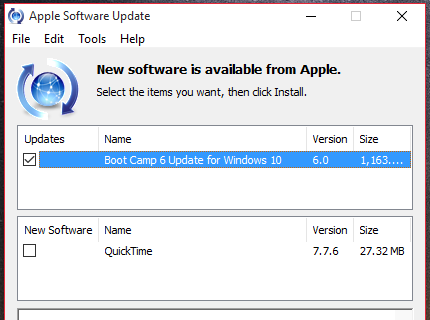
There are millions of Intel-based Macs still in use all around the world that can still use either Boot Camp or virtualization to run Windows. The only disadvantage is that you need a pretty fast Mac with plenty of memory and storage to run Windows as a VM, since it means that your Mac is effectively running two operating systems at the same time. This is a great solution as it allows you to run the Windows apps that you need right alongside your main Mac apps as well. So you can create a VM on your Mac and then install Windows – or another operating systems, such as Linux – on the VM. Virtualization programs such as Parallels Desktop and VMWare Fusion run on the macOS, but allow you to create a Virtual Machine – or VM – that mimics the hardware of a Windows PC. So if you have purchased a Mac in the past couple or years, and it doesn’t have an Intel processor, Boot Camp won’t even be an option. There’s another issue with Boot Camp that is even more pressing though: it isn’t a feature of M-series Macs.

There are third-party solutions that address both of these issues. Another issue, specifically with Windows 11 on Macs, is that Windows 11 requires the presence of a TPM (trusted platform module) to run and Macs don’t have these. Many people find it inconvenient to constantly switch back and forth between the macOS and Windows. The problem with Boot Camp is that it forces users to make a choice – either you run the macOS or you run Windows. Users could simply dual boot a Mac, starting it up running either the macOS or Windows. This is a utility that allows you to partition your Mac’s hard drive or SSD – effectively splitting it in two – leaving the main macOS on one partition, and then allowing you to install Windows on the new partition. This was a benefit to Apple because it took away one of the biggest concerns of Windows users when considering a move to the Mac – it meant they could bring Windows and their Windows software with them.Īnd, in true Apple style, it came up with an elegant solution, known as Boot Camp. When Apple moved to Intel processors back in 2006-2007, it also brought the ability to run Windows to the Mac because the macOS and Windows OS suddenly spoke the same language (the x86 instruction set used in Intel processors).


 0 kommentar(er)
0 kommentar(er)
